As companies gather more and more data from various sources, they face the issue of how to manage information that is in different formats and housed in multiple locations. Enterprise data integration and management is needed to handle these unequal data and make it readable and useful for their business. Businesses that can manage and use their enterprise data gain a key competitive advantage.
Much of a company’s data can be found in their Enterprise Resource Planning system (ERP). Years ago, ERP was introduced as the means to integrate processes and information across the enterprise. Today, data not only resides in the ERP, but also in email, CRM, productivity tools, and more. M-Files, an intelligent content platform, takes all this structured and unstructured data and makes it accessible to the enterprise.
Enterprise Data Integration Options
Centralized Business Data Integration: Centralized integration brings all the business data and information into a single, consolidated, unified source—a data warehouse. This option requires that data users learn and use a common interface to access the information.
Content Services Platform: Using a Content Services Platform (CSP) enables businesses to have a unified view regardless of the system or repository in which it is stored. A CSP may have its own repository, but it also integrates with external data applications and sources, such as file folders or Box, to deliver access to enterprise data. There is no need to know where something is stored; you simply need to know what it is.
Benefits of M-Files Integration with Your ERP
M-Files is a Content Services Platform, and so much more. In addition to connecting enterprise data, it enables intelligent automation. M-Files uses metadata to manage structured and unstructured data in a single platform which secures, controls, and enables document workflow.
Given the critical processes that are run through an ERP, it is an important source of business data. However, all too often, companies have other applications and repositories outside of the ERP. This is where M-Files integration with the ERP matters. M-Files can help ensure that:
- Duplicate data is eliminated. Instead, there is one single version of truth.
- Data is transparent. Everyone can receive secure access to relevant data, no matter where it is located.
- Multiple types of data are managed. In addition to traditional structured data in an ERP, M-Files can manage unstructured data.
- Workflows can be automated. When processes are run outside of the ERP, M-Files can provide workflows for documents throughout their lifecycle.
Deep M-Files and ERP Integration
M-Files has many standard integrations available that use an API to connect applications and data sources. However, quite often businesses are looking for more complex ERP integration. Here at Laminin Solutions, we have been called upon often to provide in-depth M-Files integration with ERP. We have decades of experience in Epicor systems and offer many Epicor services, including integration and customization.
To enable greater integration capabilities more simply, we developed MFSQL Connector. With this application, any ERP can be integrated with M-Files to manage complex data and processes. ERP data elements can be extended in M-Files by enriching it with additional structured and unstructured data.
MFSQL Connector enables ERP integration with M-Files even if the user doesn’t have the time or programming skills that would normally be necessary. Integration feels easy and seamless because of automated processes that work in the background.
Because data can be transferred with relationships, you’ll be able to search for and access files in external databases with M-Files. Metadata allows you to import files into the database as well.
Read more about deep data integration between your ERP and M-Files.
If you are looking for a data integration solution that makes the most of your ERP, contact us to learn how M-Files can integrate your ERP for a truly enterprise-wide system.





